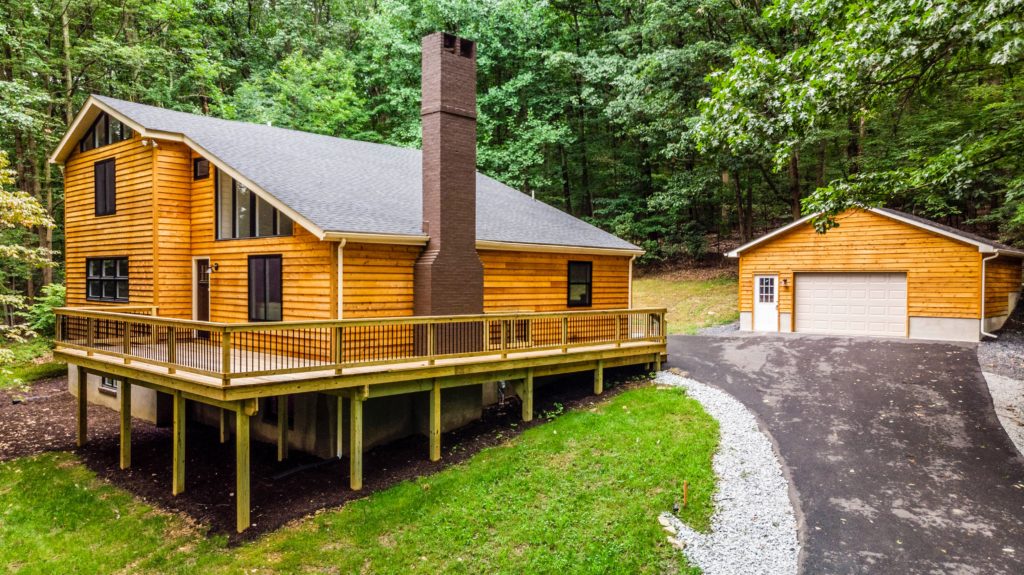The choice of materials for roofing is also dictated by the personal preference of homeowners with some shingles and roofing materials having more aesthetically pleasing texture and appearance. There is also the matter of the owner’s financial budget for certain materials and more economical roofing material is usually preferred.
One very important factor that homeowners have to keep in mind as well as the pitch of metal roofs. If the inclination of your metal roof is too steep, certain materials will not work correctly for your roof. Heavy materials like asphalt shingles have to be kept on certain elevations since they can wear off the fastening if not properly placed on a certain pitch.
Definition of Roof Pitch
Roof pitch is a term that is widely used in the United States to determine the ratio of inclination of a roof in correlation to the roof’s horizontal width. The ratio often looks like 2/12 or 2:12 as a measurement.
The calculation of the pitch of the roof is basically the rise of the roof for every 12 inches horizontally.
Interpretations of the measurement:
2:12 would me that for every 12 inches of the roof, the inclination will rise by 2 inches vertically. Likewise, 5:12 would mean that the roof rises 5 inches for every 12 inches of the roof horizontally.
There are extreme instances where roofs will have a low pitch of 1/12 or 0.5/12 which is most common on flat rooftops in warmer climates and 12/12 which is quite common in colder climates since rain and snow will slip easier on steeper inclinations.
Styles and Their Slopes
Low-pitched roofs
These types of roofs are quite prevalent among modernist houses. During and right after the Second World War, there was a rapid change in architectural designs as well as technological innovations to materials used in roofing. Usually, the pitches of these roofs would rise up by an inch for every 12 inches. Although this makes water run off slower from roofs, it does give roofs a good aesthetic quality.
High-pitched houses
These types of roofs are more prevalent among classical and Victorian-era houses and houses right before the turn of the 20th century. The steep nature of the roofs makes this a great style for houses that are situated in colder and wetter climates. Pitches in these types of houses are so high that they can even reach up to 18/12. A good example of a high-pitched house is found across the older streets of London.
Roof pitches with lower angles
These are usually found in industrial buildings and shacks and have a more functional approach. This is quite prevalent among modern designs and will usually have a pitch of 1/12 to 2/12.
Slope Requirements
Homeowners have to always keep in mind that some materials will be harder to install on higher pitches. For each panel that’s being used, there is always a minimum slope requirement so that the material will not deteriorate or even fall off if not fastened properly. The roof of metal roof is designated through pitches. As discussed, shingles placed on roofs have an average of 2/12 – 4/12 in pitch because of the accumulated weight.
Low Pitch Options
There are considerably more materials that are available for low-pitched roofs but careful planning and observation have to take place before plans can be executed. Homeowners are recommended to install supporting seam panes to help firmly fasten the panels. These panels are best installed on the horizontal beams of the roof. It is best that skilled roofers work on these types of slopes since improperly installing these materials and structures can lead to long-term damages and potential roof replacement.
Overall, if you are not sure about the materials that you will be installing on steeper pitches, then it would be in your best interest to avail the services of roofing Cherry Hill NJ which can do extensive roof surveying while providing the right tools and supplies to install the right materials for your roof.


